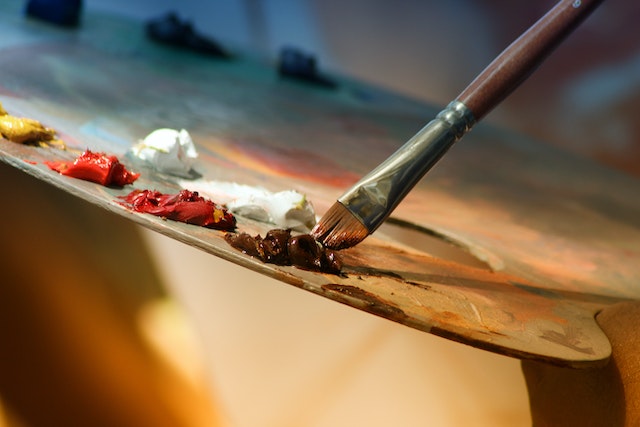When you create a piece of art, protecting its integrity is likely vital to you. As such, it’s essential to ensure you understand what copyright laws are there to protect you. These moral rights help protect you when you are the creator, as you have virtue in the work you create. When someone interferes with these moral rights, it’s important to contact copyright infringement lawyers as quickly as possible. Keep reading to learn more about moral rights and what happens when they are infringed upon.
What Are Moral Rights and Who Has Them?
Moral rights are the right of the creators of a work to control the fate and outcome of their work. There is much uncertainty around moral rights across the globe, but many believe these rights may be adapted to include a creator’s right to prevent their work from being altered without permission and how it should be displayed.
In the United States, moral rights are granted to an author to protect the modification of their work, regardless of who owns it. This is completed through copyright and other intellectual property rights. However, moral rights in the United States only apply to visual arts.
As such, artists are protected under the Visual Artists Rights Act of 1990 (VARA). However, VARA is limited in its protections. This statute only covers visual artists, such as those who produce photographs, prints, paintings, drawings, or sculptures. Similarly, only works that exist as a single copy or in limited print (200 copies or less) that are signed and numbered are protected by VARA. It is crucial to understand that VARA protections elapse when the creator of the work has passed. Moral rights are also non-transferable, but a creator may waive their rights if necessary.
What Happens if These Rights Are Violated?
If someone violates the moral rights afforded to a creator under VARA, it is vital to understand the penalties. Generally, visual artists have integrity and attribution rights under VARA. If someone harms the artist’s reputation by distorting or mutilating their work, such as painting over an original piece, it violates the statute. Similarly, another party may not pass off another’s work as their own, with the exception of content that falls under the Fair Use doctrine.
In the event, these works are violated, the artist is within their right to sue for compensation. Generally, statutory damages range from $750-$30,000 in damages and up to $150,000 for willful violations.
If you are a visual artist and your VARA rights were violated, you may be entitled to compensation for the mutilation of your work. At CopyCat Legal, our dedicated legal team can help you receive justice when your work is compromised. Contact us today to learn more about how we can assist you with any copyright infringements you’re experiencing.

